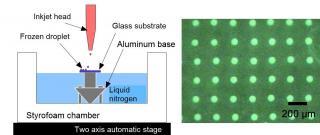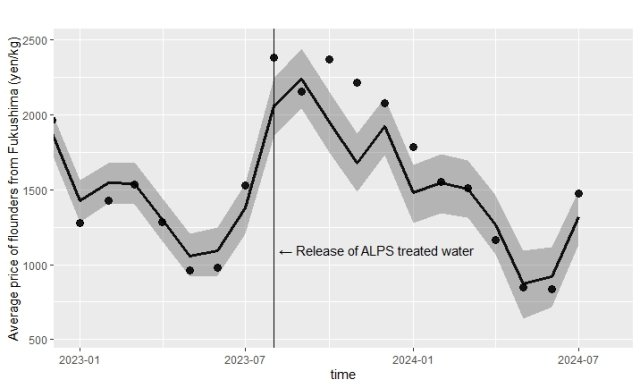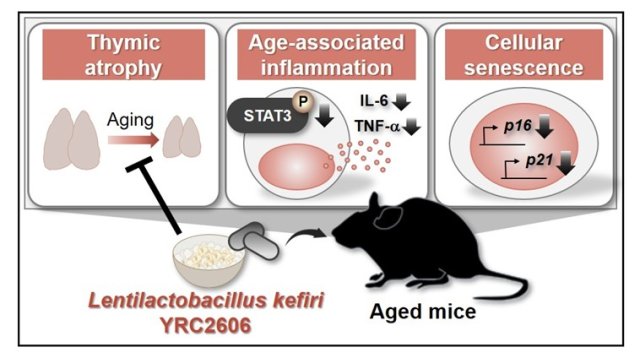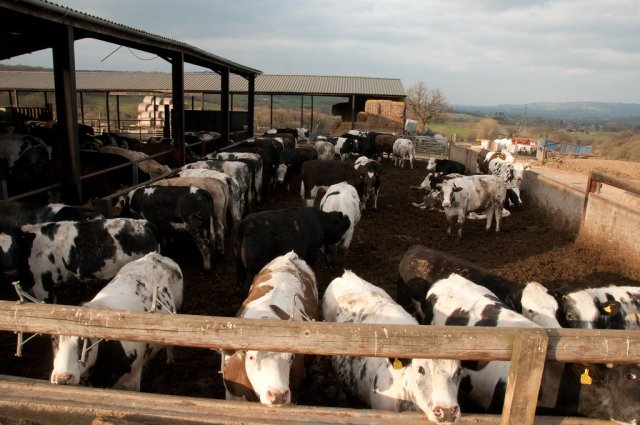Successful Cryopreservation without use of Cryoprotectants
- Share
- Tweet
- Send to email
Yoshitake Akiyama, Associate Professor of the Department of Mechanical Engineering and Robotics, and Yasunari Kanda, Director of Pharmacology at the National Institute of Health Sciences succeeded in the cryopreservation of mammalian cultured cells without using a cryoprotectant. Cryopreservation techniques for biological samples has wide ranging applications including the maintenance of various cell lines (including iPS cells and ES cells) and microbial lineages, infertility treatments and preservation of sperm / oocyte / embryo at livestock production sites. Associate Professor Akiyama and the team developed technology to freeze cells in an instantaneous manner by encapsulating cells in microdroplets by inkjet cell printing technology and discharging them onto a liquid nitrogen cooled glass substrate.
When this superflash freezing method was applied to mouse fibroblasts, mouse myoblasts, and rat primary mesenchymal stem cells, it has been found that a high resuscitation rate can be obtained without using chemicals (such as dimethyl sulfoxide or glycerol) which was conventionally necessary to add to a preservation solution, called a cryoprotectant. It is a ground-breaking innovation that shatters the common notion of low temperature biology. There had been apprehension for freezing iPS cells in which the influence of cryoprotective agents is a large concern, and for blood cell transfusions where the addition of cryoprotective agents is not desirable. Further contributions to drug discovery and regenerative medicine is also expected. The paper summarizing this finding was published in the online edition of the American Academy of Sciences (PNAS Magazine).
※Droplets (40-pL) ejected from the nozzle of a glass ink jet head are deposited on a glass substrate placed on a liquid nitrogen cooled aluminum base. The liquid nitrogen is held in a styrofoam container, which is placed on a two-axis automatic stage. The automatic stage and the inkjet head move in synchronization, and can discharge droplets at any position. When an ultra-thin glass substrate (5-μm thick) was used, a cooling rate of 37,000 ° C./sec was achieved.
The Eurekalert article can be found at the following link:
https://www.eurekalert.org/pub_releases/2019-04/su-anw042419.php





